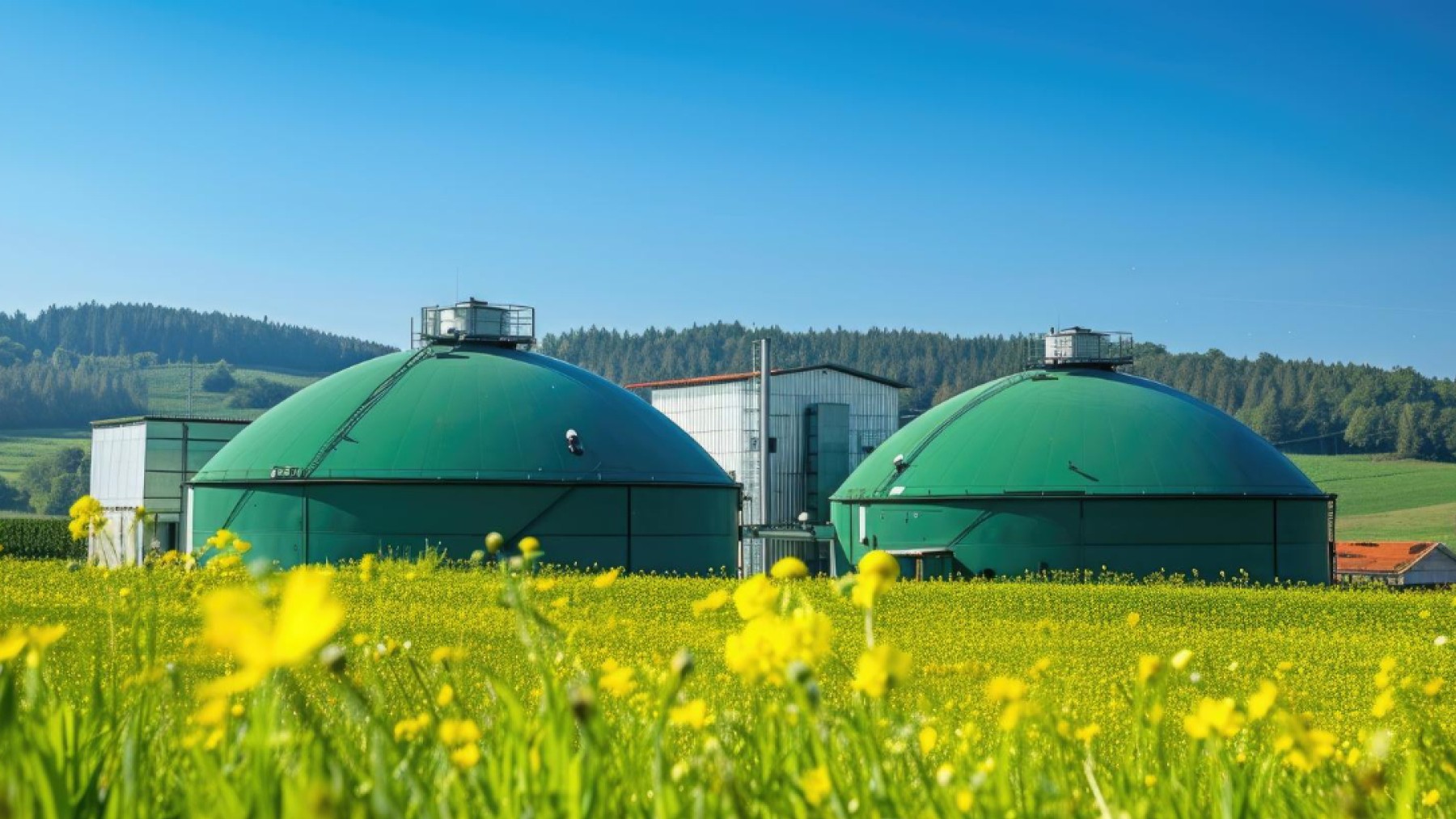There is a energy which is often left behind in the forget, but it has enormous potential: bioenergy. The most popular are solar, wind and sea energy. However, this is another renewable source that also plays a fundamental role in this context.
Despite being in the shadows, modern technology (leaving aside the traditional use of biomass) was responsible for half of all renewable energy consumed last year. It yielded four times more than the contribution of sun and wind combined. It supplies heat to buildings and all industries worldwide.
What is bioenergy?
Bioenergy or energy Biomass is a form of renewable energy that is created by the use of energy from biomass, industrial or organic material. It can come from any source: from plants to straw, organic waste, food waste and even wastewater.


When these materials are used for their energy content, they are called “raw materials”. Sometimes they are grown specifically for that content and sometimes they arise from industrial waste products from agriculture, timber, food processing and the like.
Bioenergy is also called biofuels (fuels from biological sources). Its best-known forms are the ‘raw materials’ called biofuels: biodiesel, bioethanol and biogas or biomass.
This, that sometimes falls into oblivion, follows the concept of the circular economy. It reduces both the production of new waste and the input of materials, cutting off economic and environmental flows of resources.
An overview of the types of bioenergy: these will determine the future
Depending on the origin and the process, the one we are dealing with here provides optimal electricity that can be used in solid, liquid and gaseous states. Depending on their transformation processes, there are different types you may have heard:
- Biofuels. Most of these are forestry residues, firewood, charcoal, agricultural waste such as straw and other solids. They are widely used both at the industrial level (generating heat or electricity) and at the domestic level (for example heating water for the kitchen). In addition, pyrolysis gas can be obtained, which is used as an energy material in internal combustion engines (for the operation of vehicles).
- Biofuels. Its origins lie in various crops: sugar cane, rapeseed, corn, beets, soybeans, oil palms and agro-industrial waste. Through various processes, pure vegetable oils are obtained that are converted into biodiesel (used in diesel or gasoline engines, in buses or trucks) and also into alcohol (bioethanol widely used in bioethanol fireplaces and stoves).
- Biogas or methane. It is produced by the fermentation of organic waste from forests, agricultural fields and the waste of animals such as pigs, cows, sheep, goats… Methane is extracted to energy thermal, mechanical or simply electrical.
This is the role of the most forgotten energy in the renewable world
This was the largest source of growth in renewable energy consumption in the 2018-2023 phase bioenergywhich is usually in the forget. According to Ovacen, in some form it was responsible for 30% of sustainable consumption growth by 2023. This is the result of the significant use of bioenergy in heat and transport.
There are other renewable energy sources that have lower penetration in these two sectors and represent 80% of total consumption. Last year it continued to play a fundamental role in renewable energy, although its participation in the total fell from 50% in 2017 to 46%. This number is explained when we look at the rise of photovoltaic and wind energy.

